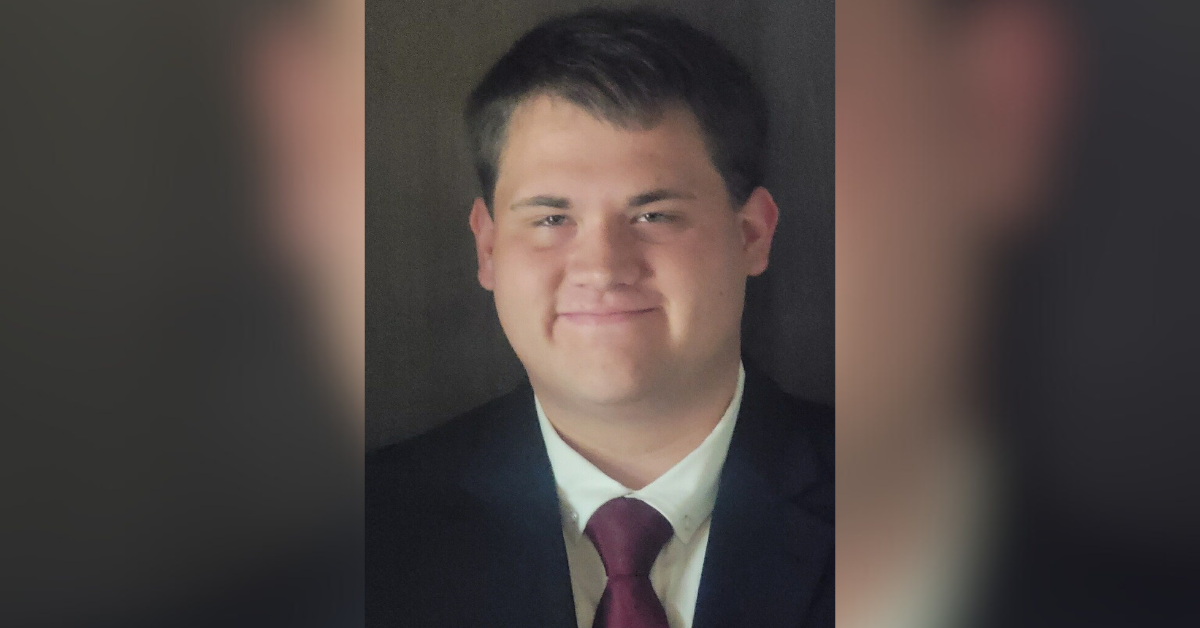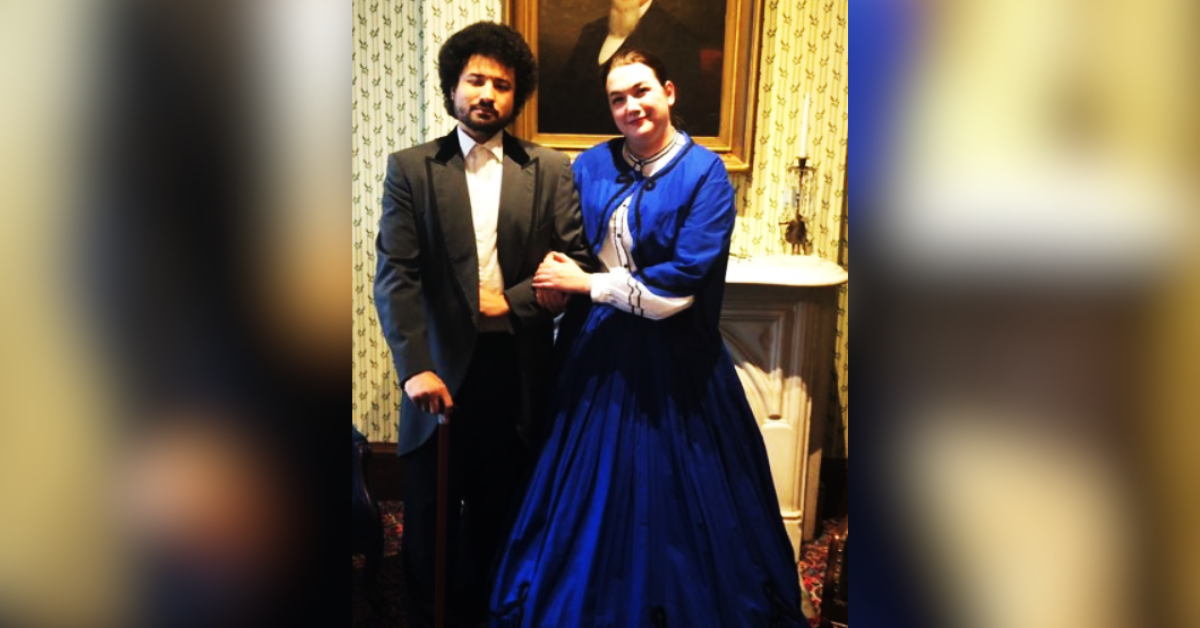From the magazines we read to the photographs we flip through and post, images are doctored, tweaked, photoshopped and enhanced to the nines. However, at some point there becomes an extreme, and it seems as though American society has reached it. This gives an entirely different meaning to the expression, “beauty is only skin deep.”
It is estimated that 28 percent of images in today’s media include disclaimers that openly admit that they were digitally enhanced in some capacity, according to the Huffington Post. In addition to this, 44 percent appear to be retouched without including a disclaimer, and the remaining 28 percent are not altered. That makes a total of 72 percent or more photos altered, nearly three-fourths. So where does this leave society? How do we decipher what is reality and what is a mere facade?
The modifications made to today’s media spans from magazines, to billboards, commercials and even television shows, but is often used to its fullest capacity to not only enhance, but change. On one hand, modifications can be used to simply enhance the image at hand to create a greater visual appeal to the audience. This includes lighting and brightening photographs, to smoothing out a hairstyle, or eliminating a pimple.
These alterations are virtually harmless, and merely “perfect” an image. But when does the idea of perfection become too much? Photo altering can turn extreme – changing skin tones, lengthening limbs, and most prominently, shedding pounds instantly and hiding bodily imperfections overzealously.
Some argue that this is all just part of the business, but fail to acknowledge the damage and potential damage that such unrealistic images can do to society and its perceptions. However, the American Medical Association disagrees that this is just a business related issue. In June 2011, the association inducted a policy urging advertising agencies to stop photoshopping extremes. They argued that it “could promote unrealistic expectations of appropriate body image.”
If this wasn’t enough, on top of photoshopping, the average individual being photoshopped is a 5 foot 11 inch woman, weighing roughly 117 pounds, according to the Center for Disease Control (CDC). To put this into perspective, the National Eating Disorders Association reports that the average American woman is a healthy 140 pounds and is 5 foot 4 inches tall.
These drastic differences in both height and weight averages create a perception that is not only altered, but completely unrealistic for the average American woman. The National Association of Anorexia Nervosa and Associated Disorders reports that only 5 percent of American women have the body type portrayed in the media, naturally. Leaving the remaining 95 percent in a confusing but all too real situation, with nearly 86 percent of college students reporting some sort of eating disorder behavior in their twenties.
In recent months, rapper Dead Celebrity Status released a single “Someone I Once Knew.” The song and subsequent music video played on the heartstrings of its viewers. The lyrics read, “She wasn’t born anorexic, but nowadays she suffers, staring at these half naked stars on magazine covers.” He goes on to explain the graphic details of individuals suffering from eating disorders – along with a controversial video that went far beyond any “normal” boundaries. Models, with seemingly perfect bodies – the individuals than many average women idolize – were said to be suffering themselves. This poses the question of what the average woman should think, if the “perfect” woman still struggles.
Glamour magazine reached out to Doctor Ann Kearney-Cooke, and looked at the difficulties and struggles when altered images are all society sees. She said in an interview with Glamour, “Study after study has shown that when we see perfected, altered images, it leads to anxiety and low self-esteem, and can even play a role in the development of eating disorders.”
As with anything, there is always a way to put something to good use, and a way to use something in an improper manner. This should be the same when it comes to photoshopping and altering images as well. There are wise ways to use this technology for the good of mankind, rather than using it to deteriorate what “should” be – a healthy body-loving society. Many magazines and news publications are vowing to do just that. They have stopped the photoshopping of photographs – with the exception of small lighting and wardrobe edits. Using these restraints, they hope to smother the idea that there needs to be one perfect cookie-cutter body, and embrace the fact that everyone is different and unique in their own ways.






